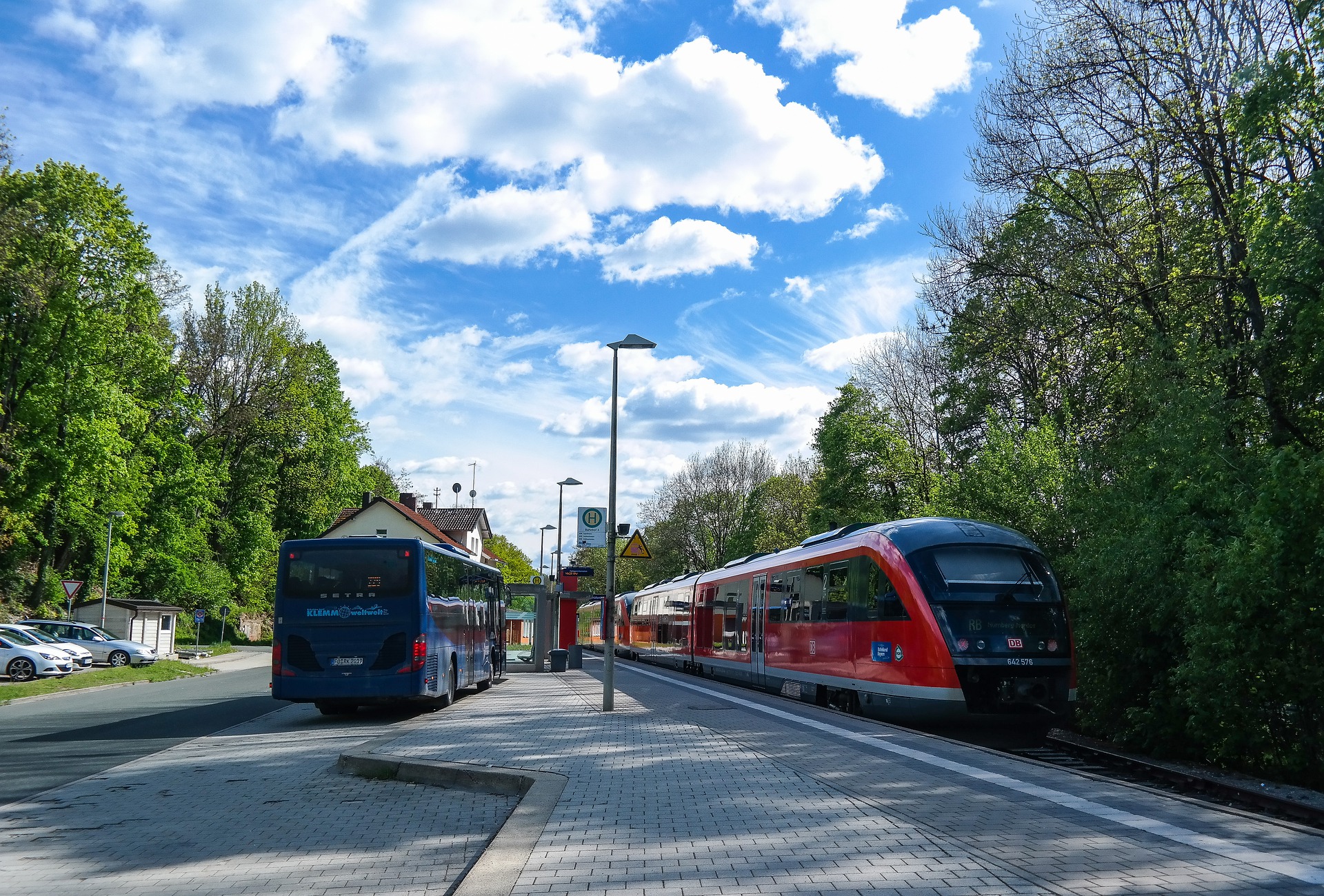
Urban-Rural Linkages
By Marco Mazouzi, Marian Cihon, Pawel Warszyck
Urban-rural linkages are addressed by EU policy on transport such as by the White Paper on Transport from 2011 as well as by the EUSBSR by e.g. concentrating on the accessibility of remote areas or areas with underdeveloped infrastructure. Urban-rural linkages are also highlighted by referring to urban transport and commuting as an important area where the consumption of fossil fuels can be reduced, i.e. “cleaner” mobility can be promoted by higher energy efficiency and a fleet using alternative propulsion systems, a higher share of public transport in general and better infrastructure for e.g. walking and cycling (EC 2011: 8).
Swedish national policy on transport (the National Infrastructure Plan) addresses spatial accessibility by e.g. supporting rail infrastructure development and enabling combinations of efficient door to door travel chains with different modes of transport and improved traffic information, online and digitized infrastructure.
Accessibility is also a major topic on regional level of the German state Mecklenburg-Western Pomerania to provide an adequate alternative to individual motorised traffic: Its transport law addresses the necessity to cover all geographical regions including the underpopulated areas by aiming at a needsbased and integrated public transport offer with different modes, new alternative PT services as well as coordinated timetables and tariffs. Prioritised infrastructure planning and development are, however, the traffic-related issues of public transport in larger centres and in their surrounding areas.
Because of their geographical scope, urban-rural linkages are of main importance in regional and local level policy documents. Also in Lithuania, for instance, as Klaipeda plans to increase the accessibility of its city centre from outside to better integrate different modes of transportation. In Germany, the city of Rostock aims at better integrating public transport between the rural district and the city centre, by e.g. improving multi-modal infrastructure and the connection to the port, utilising (faster) trains with a higher frequency and applying integral timetables to promote PT and to become a more sustainable city.
In general, regional and local strategies with a focus on urban-rural linkages rather perceive the role of public transport in ensuring the quality of living for residents and satisfying their mobility needs.
They embrace public transport as an instrument which contributes to (1) sustainable regional, urban, suburban development, (2) local/regional competitiveness and attractiveness, and (3) good living standards for the local and regional communities. These documents therefore often call for a better integration of urban and sub-regional public transport systems, in order to match the intraregional connectivity needs in the wake of advancing urban sprawl to the region’s rural areas.
